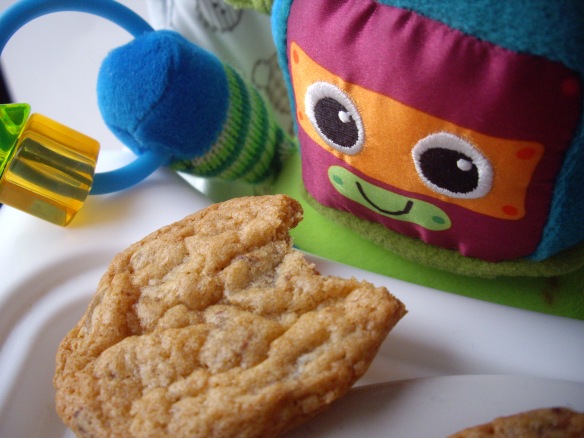Is there a food more versatile than the mighty sandwich? It can be all things to all people and after years of being a favourite snack for those on the move, it is still being used as a testing ground for flavours and textures.
If the quiche has been blighted by mass production, then the sandwich has often fallen foul of plain apathy. We take the sandwich for granted. We don’t always take the time to prepare sandwiches with quality bread or quality ingredients, but by golly, it is so worth the effort when we do!
Cafes and even supermarkets have certainly picked up on the demand for inventive flavour combinations and well-sourced ingredients. Nowadays, England is no longer full of train stations with wilting tomato sandwiches on rubbery white bread. Ingredients are hand-picked, sun-blushed, vine-ripened, oak-smoked, oven-roasted, lightly salted, gently aged and freshly prepared for the discerning consumer. Add to that a description on the packaging that would be quite at home in a H.E Bates novel and you’ve got a fairly accurate snapshot of the English attitude towards food right now. People want basic food with a touch of luxury. Simplicity coupled with quality and effort.
With our little boy napping and a natural lull in the rhythm of the day, I realised that it was way past lunchtime and we were due some sustenance. I knew that I wanted a sandwich and seeing some fresh baby spinach in the fridge, I recalled a tuna melt that I used to buy from the same place that got me hooked on smoothies. Their tuna melt was made with mozzarella, baby spinach and some red onion. I decided I could easily top that with just a few of the ingredients at hand.
I wouldn’t make this sandwich too often because it takes time and care, but with the rain coming down in grey sheets and nothing else to pique my interest, I was more than happy to devote a little time to constructing this delightful treat. The flavours are full without being overpowering and the textures are a joy. The tuna melt is not a new invention and in the past I’ve gone for the bigger is better approach. However, this toasted sandwich is going straight into the top 5 of a sandwich chart that I haven’t compiled, but probably exists somewhere in my food subconscious. It’s nothing short of awesome, so simple that it’s hardly a recipe and definitely worth your time.
My perfect tuna melt (This will make two generously proportioned sandwiches)
4 slices wholemeal bread
1 tin tuna in sunflower oil
1 onion (sliced into rings)
2 handfuls fresh baby spinach
6 tblspoons grated Red Leicester
6 tblspoons grated mature Cheddar
3 tblspoons grated Grana Padano
3 tblspoons mayonnaise
1 tblspoon dried oregano
2 tspoons Dijon mustard
half tspoon Cayenne pepper
butter
black pepper
I began by finely grating the cheese and tossing it all together with the oregano and plenty of black pepper.
Next, I drained the tuna and mixed it in a small bowl with the mayonnaise and Cayenne pepper. Meanwhile, I gently fried the onion rings in a little olive oil until brown and almost crispy and set them aside.
I spread a slice of bread with Dijon mustard and lay the baby spinach on top in a thin layer. Using a fork, I spread a very generous amount of tuna mayo onto the spinach and topped it with the fried onions.
Now the sandwich was ready to receive a pile of the finely grated cheese mix. I pressed the pile of grated cheese onto the sandwich with the palm of my hand to keep it all from crumbling and then did the same with the final slice of bread. I gave it a quick buttering on the outside before laying it onto a hot griddle.
A couple of minutes on each side and the melt was ready to dive into!
What’s your perfect sandwich?


















